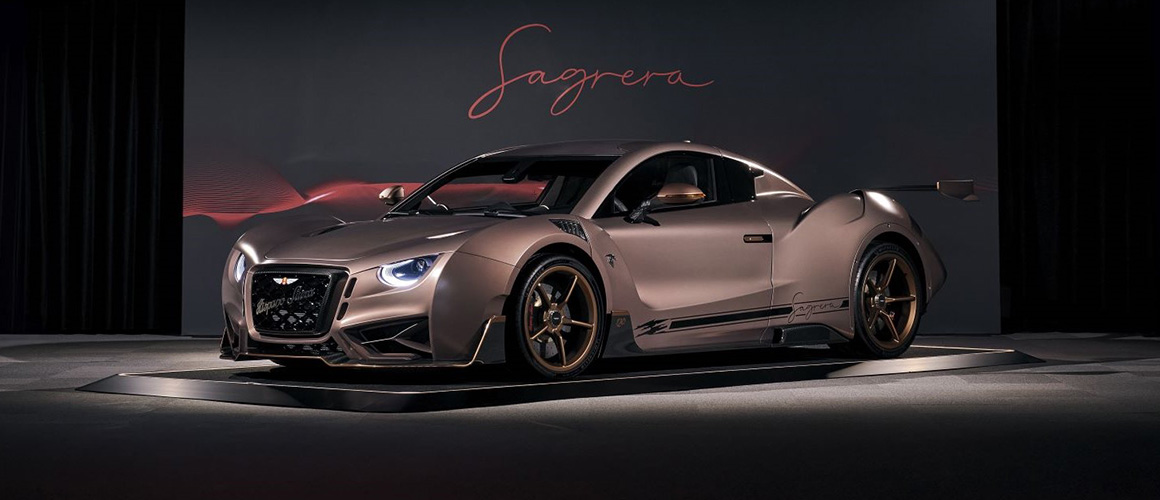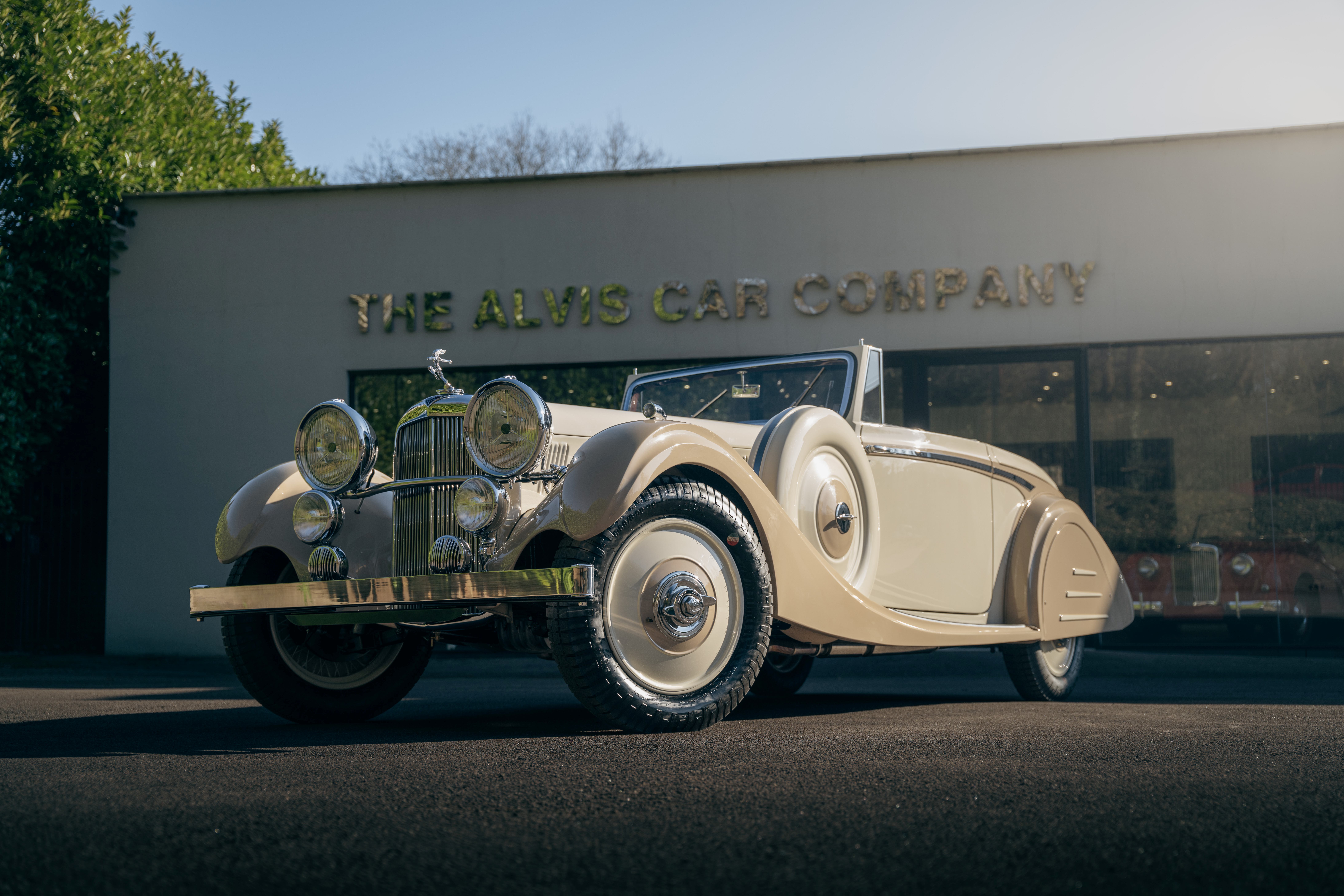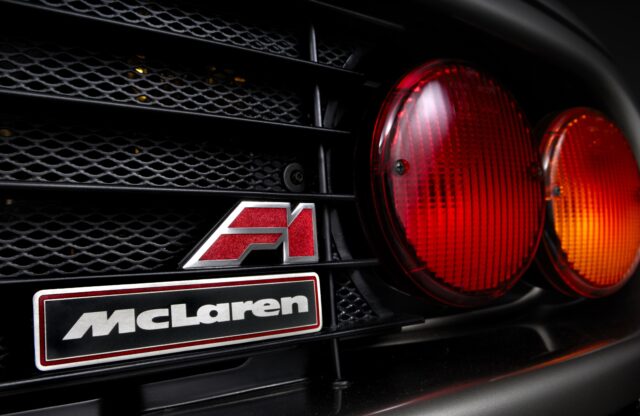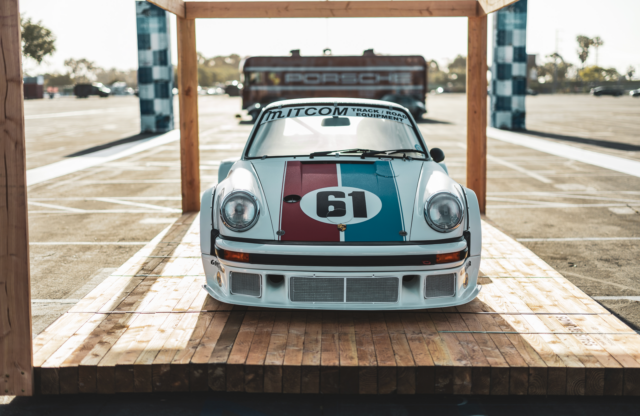At a spectacular event in the courtyard of Finca Mas Solers in Barcelona, Hispano Suiza celebrated the 120th anniversary of the marque in fine style with the reveal of the Carmen Sagrera. After 2019’s Carmen and 2021 Carmen Boulogne, the Sagrera is the third model in the brand’s new era of battery-driven hypercars.
Just as the company continues to build on its legacy – current president Miguel Suqué Mateu is the great-grandchild of Hispano-Suiza (with hyphen) founder Damián Mateu – the Sagrera, too, builds on from the existing cars. While unmistakably a Carmen, significant changes inside and out have given the newcomer a distinctly sportier demeanour, increased driving dynamism and a welcome boost in pure driving range. Head designer Francesc Arenas has even thrown in a little artistic Easter egg. In best viral practice, we’ll get to that later.
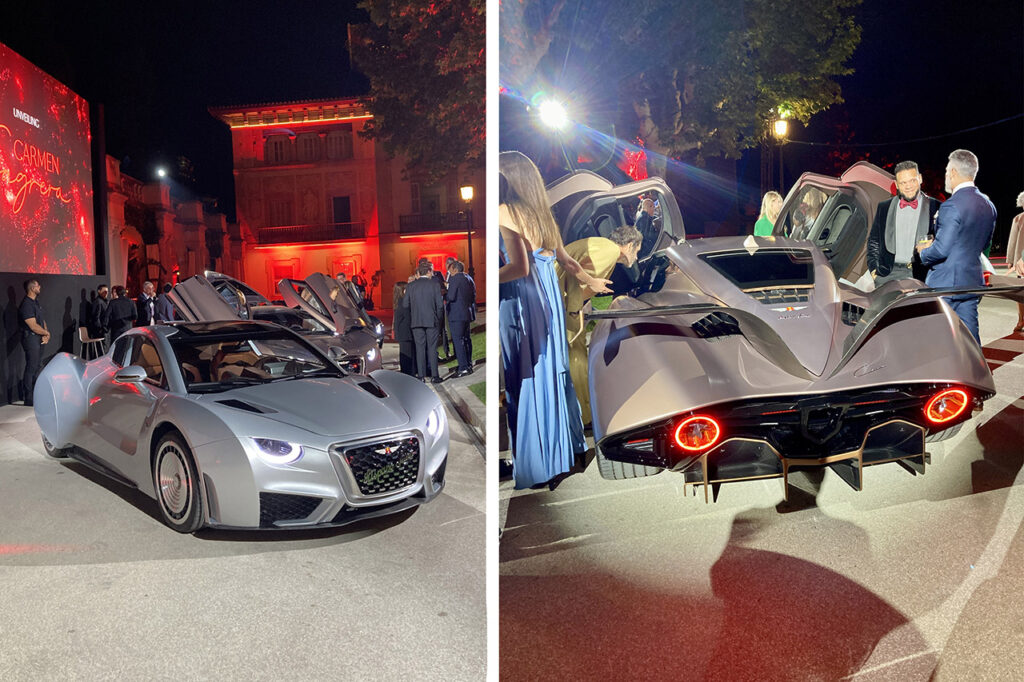
In its purest form, the Carmen is a singularly striking car that takes clear inspiration from the 1938 Hispano-Suiza H6B Dubonnet Xenia. Sure, bulbous front fenders, covered rear wheels and a radically drooping tail stand in direct contrast to today’s aggressive and sharp-edged hypercar idiom, but Hispano Suiza would argue that pioneers don’t usually conform.
Like it or not, the Carmen is absolutely an imposing and wonderfully intriguing thing to look at, primarily because absorbing the shapes and volumes, and the way they all fit, takes a while. Walking around the Sagrera takes even longer. There’s a lot going on. From the air inlets and outlets, to the side skirts, spoilers and flock of stork logos and badges, it is easy to get lost in the many additional details. It’s fair to say that some of that Xenia-inspired visual purity has been sacrificed at the altar of sportiness.
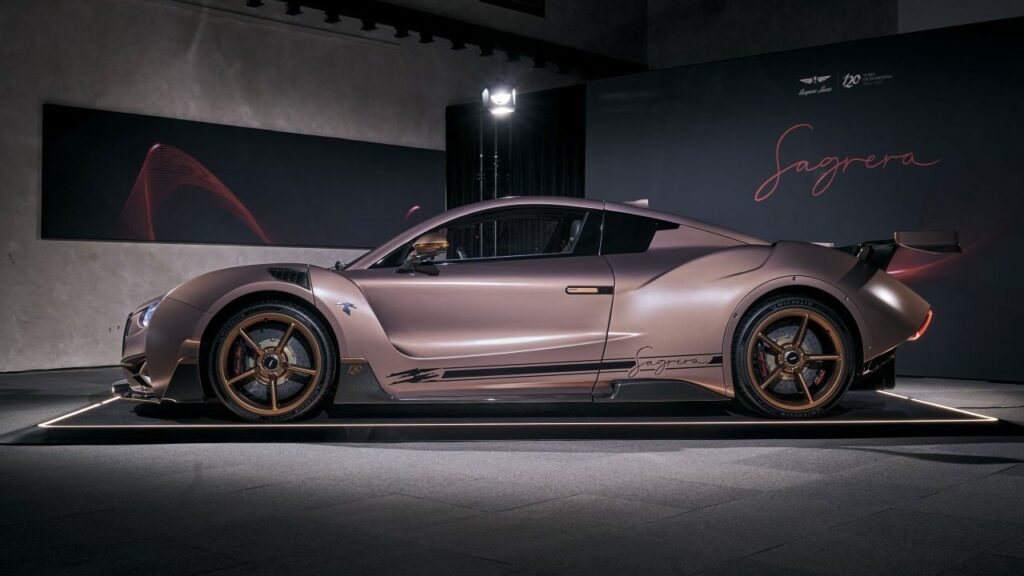
Starting where most will, by staring at the expressive elegance of the pair of new rear spoilers, Arenas tells me that these stork-inspired wings were by far the most challenging aspect of the new design. “The rear wing is a compromise between Fine Art, technology, design and style,” he says. “It’s a huge job, because it’s a simple shape, but behind this shape is a lot of work with our engineers.”
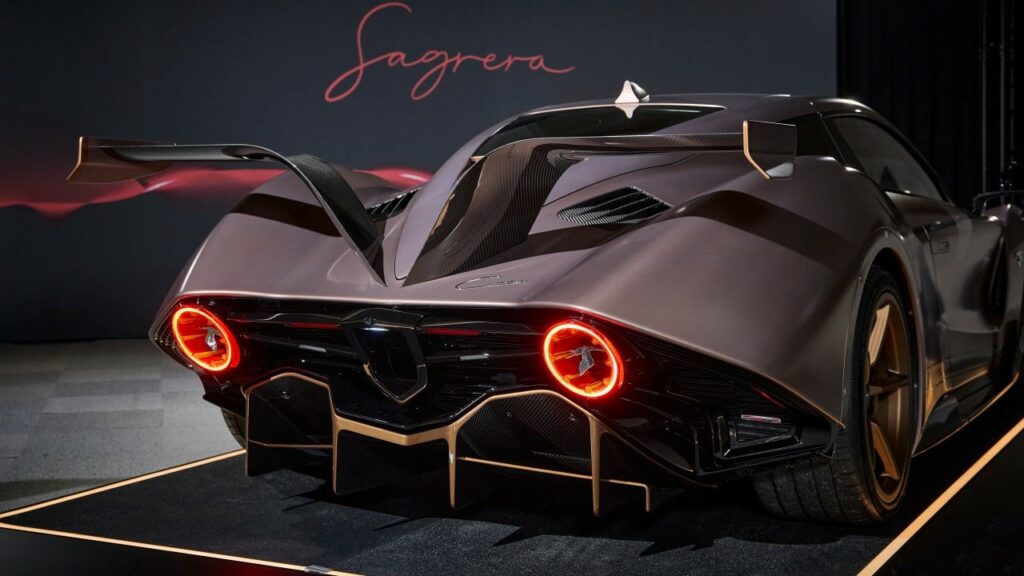
As with every other panel on the Sagrera, they’re made from carbonfibre. Working in conjunction with new cross-section elements in the rear diffuser, their purpose is to increase downforce, and therefore traction and lateral (cornering) grip, too. How much downforce do they add? Enough, I’m told, to cause the nose to lift, upsetting the previous balance of the Carmen’s aerodynamic profile.
Naturally, equilibrium was restored once Arenas and his team got busy on the front end, which features an all-new splitter with upturned end plates, instead of the air curtains on the two preceding cars. Four additional cooling inlets flank a redesigned grille that “pays homage to the Hispano-Suiza Alfonso XIII sports cars”. Vertical fins on the new side rocker panels (also inspired by that seminal sports car), freshly added fender vents and outer airdam details, plus revised bonnet vents form part of a suite of upgrades designed to inject more “GT spirit”. Lightweight centre-lock rims, painted copper to match the splitter and side rocker highlights, plus racy sill graphics and brake-cooling inlets complete the track-ready visual package.
The Sagrera’s generous and comfortable cockpit, accessed via powered butterfly doors, has also been painted with a sportier brush. Hardware upgrades comprise a redesigned centre console and infotainment system, while the black Alcantara and leather upholstery gets strategic red accents. As before, the general finish is exceptional for a car being built in such small numbers.
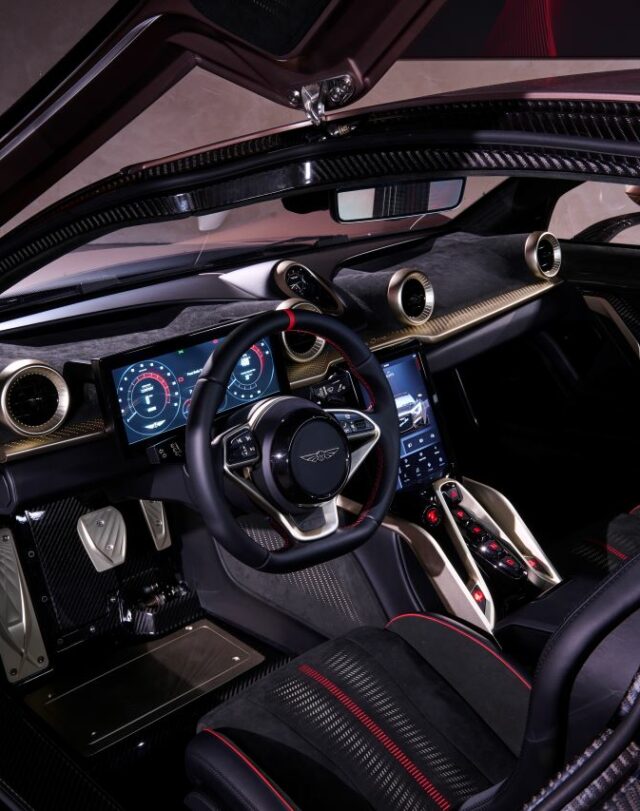
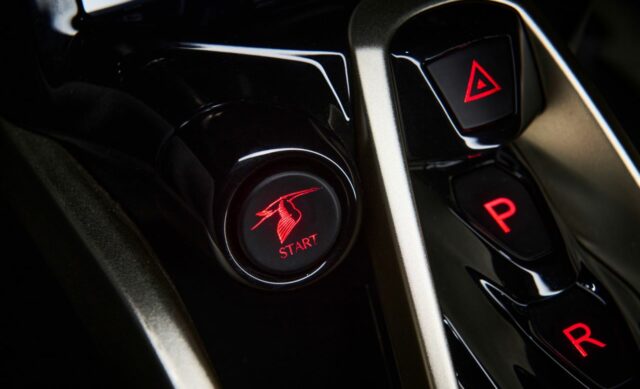

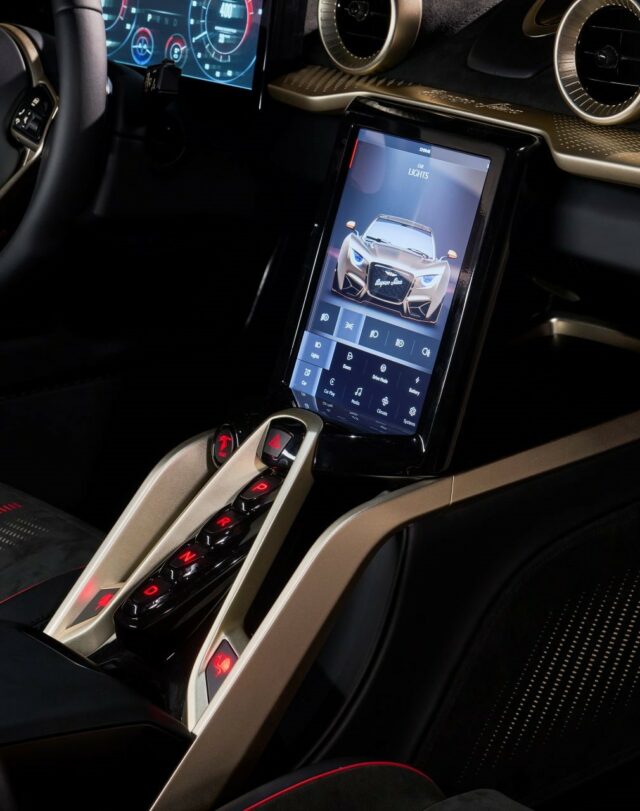
Much work has gone into tuning the suspension, steering and, most importantly, the braking. Lighter, more rigid monoblock calipers and 400mm carbon-ceramic discs deliver five percent more stopping power, and promise better braking feel, while improved cooling should help ensure they stay fade-free in the unlikely event a Sagrera ever has to endure a lengthy track session.
The major technical upgrade, though, is to the power-storage unit. Developed and manufactured completely in-house, the second-generation lithium-ion battery is a more energy-dense design. Despite a near-30 percent increase in capacity, from 80kWh to 103kWh, total pack weight is down by 25kg, to 612kg. This, together with a 15kg lighter and more efficient cooling system, has boosted the maximum driving range to 480km on the WLTP cycle.
Notably, there’s no change from the Boulogne’s four 275bhp axial-flux permanent-magnet motors. In fairness, power and torque figures of 1100bhp and 1160Nm respectively are probably sufficient. After all, Hispano Suiza does claim a 0-62mph time of only 2.6 seconds for the Sagrera.
With performance stats out of the way, Arenas returns to the art, pointing to the car’s Michelin Pilot Sport 4 S tyres. Specially developed in collaboration with Michelin, they’re high-speed rubber canvasses for the Easter egg I mentioned earlier. Moulded into their sidewalls is a trio of flying stork heads (they really are everywhere) and an Antoni Gaudí-referencing mosaic graphic.
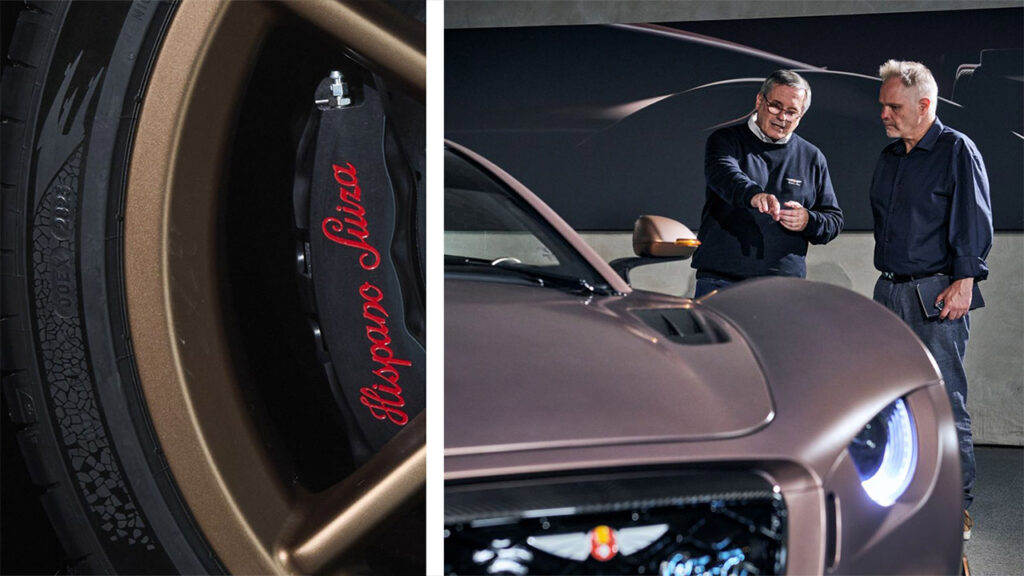
From the flying stork graphics, side rocker fins, grille and wings, there’s sentiment and meaning behind so many of the design decisions – evidence of a team of people who understand the importance of heritage. Company CEO Sergio Martínez Campos says: “Heritage and legacy are the centre of everything about the Hispano Suiza project. Even the launch car’s paint colour, Cava Gold, is a delightful reference to the wine culture of Hispano Suiza holding company the Perelada Group. Owned by the Suqué Mateu family, the Perelada Winery’s (so-far successful) mission is to produce wines of great nuance and singular quality, and that’s undoubtedly what the family hopes to achieve with its cars, too.”
You may ask, as I did, who exactly this Sagrera ‘track weapon’ is aimed at. The term Gentleman Driver featured in the reveal presentation a few times, and both Arenas and Campos used the phrase in conversation. Certainly mega-wealthy hobbyist racers might appear to be the Sagrera’s target market, but in reality buyers are far more likely to be the modern hypercar collector looking for another unique addition. The hope is they’ll find that, and more. “Our customers don’t just find a car or an investment, they find a piece of art,” says Campos.
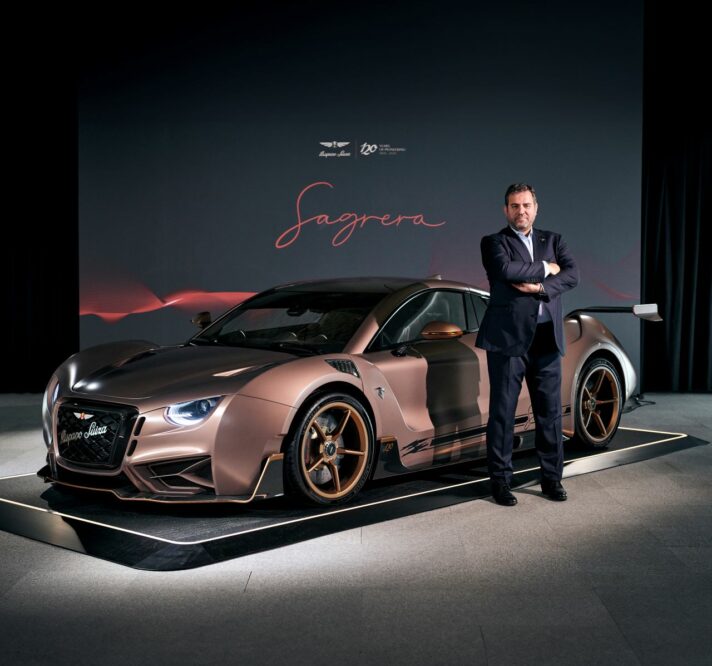
Buyers are far more likely to be the modern hypercar collector looking for another unique addition. They’ll find that, and more…
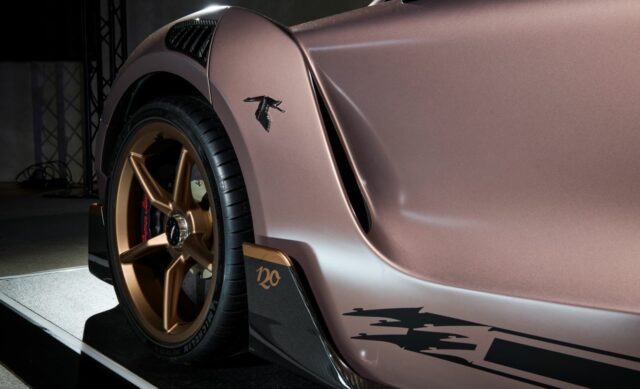

The initial plan to build 19 Carmen and five Boulogne models has been superseded with the addition of the Sagrera. Campos confirmed that just 24 Carmen chassis (split across all model iterations) will be manufactured before 2027, roughly when it is hoped an all-new concept will be announced. With total sales still in single digits after five (Covid-interrupted) years, it’s patently clear that this is a hyper-niche product, and in higher-downforce Sagrera specification, even more so.
And the price of entry into this exclusive club? Cars of this ilk, that are built strictly to order, don’t have a price list. So much hinges on how prospective owners spec their unique car, but the hopeful Sagrera driver can expect to pay from around €2.4 million plus taxes for the privilege.
There’s no doubt it’s a tough market for a new electric hypercar, from a brand that shut shop before the vast majority of its potential purchasers were even born – never mind that it is highly likely most collectors of pre-1946 Hispano-Suizas are not into battery-powered hypercars.
But with more exposure in the US, and European homologation nearing completion, Campos is confident that “2024 is the year of acceleration” for Hispano Suiza. For the sake of the fabulous marque, and all the people whose dedication and skill are so obviously on display in the Carmen trio, we hope it is, too.

